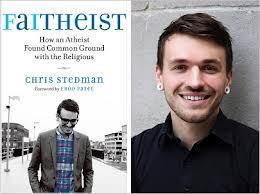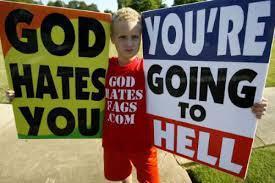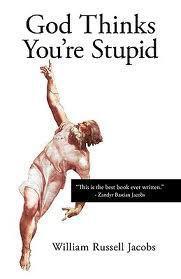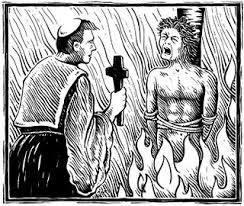 Chris Stedman’s career is in “interfaith work,” but his book, Faitheist, is addressed mainly to his fellow atheists, urging them to lighten up.
Chris Stedman’s career is in “interfaith work,” but his book, Faitheist, is addressed mainly to his fellow atheists, urging them to lighten up.
It centers upon his own story. His Minnesota family was nonreligious, but at age 11, he experienced a crisis by reading “heavy” books that exposed him to the world’s injustice and cruelty. Also, his parents divorced. Chris found refuge in his school’s Christian group, which welcomed him and assuaged his social justice discomforts.
But there was one wee problem. Christianity seemed obsessively homophobic. And Chris was starting to realize this applied to him.

At last his mother stumbled upon his personal journal and brought him to a different kind of Christian minister – who took one look at the relevant Teen Study Bible page, drew a big red X across it, and said, “This is dehumanizing garbage.”
So Chris found a different path within Christianity, and went on to a Christian college, studying religion, headed for the ministry.
But there was another wee problem. He no longer believed in God. The book, after many pages chronicling Chris’s agony over faith versus sexuality, has relatively few about faith versus non-faith. That seemed fairly easy for him. But he completed his degree, as the class atheist, and even proceeded to divinity school, winding up as Harvard’s Assistant Humanist Chaplain. (He recently went to Yale.)
His “interfaith work” seeks to bridge religious divides by finding common ground and ways to work together and understand each other better. Stedman classifies the religious as either “totalitarians” or “pluralists,” with the latter actually having more affinities with nonbelievers than with the totalitarians.
But as noted the book is aimed mainly at atheists, who are also divided. Stedman disparages the belligerence of the so-called “New Atheism.” (He singles out PZ Myers, whose book I’ve also reviewed.) With some atheists seeing their goal as eradicating religion, Stedman is unsurprised at the religious push-back. After all, he notes in comparison, the gay rights movement hasn’t sought to end heterosexuality. He doesn’t like a “we’re right, they’re wrong” attitude.

Furthermore, it would also be different were this just a matter of personal beliefs, kept personal. But most atheists would like to see the end of religion not only because it’s false but because they consider it harmful. Religion’s defenders can’t deny some very bad things, but of course claim the good outweighs the bad. As I see it, the good works ascribed to faith are things people could, and mostly would, do even without religion,

Faith in action
because we are in fact more good than bad (societies like Denmark’s or Norway’s where religion has almost disappeared are some of the world’s nicest); while the bad things (9/11; Boko Haram) are uniquely products of religious belief and would be hard to imagine absent that factor.
Religionists will of course retort that some of the worst crimes have been committed by atheistic regimes (though Hitler’s at least wasn’t atheist). But those crimes were not committed in service to atheism; not motivated by disbelief in God; the concept of God was simply irrelevant. In contrast, many bloody crimes throughout history were of course motivated by religious belief.
Believers will also say such crimes are perversions of proper faith. But the problem is that religion has an unavoidable tendency to inspire absolutism (Stedman’s “totalitarianism”) – the “one truth” so powerful that it can justify almost anything in service to it. Disbelief doesn’t come close to having such inspirational power – a very good thing. In fact nobody kills for atheism.

And Chris Stedman, of all people, should know the harm of religion. An inhumane religious dogma drove him to the brink of suicide. Just one more reason why atheists believe the world would be a better place without religion.
